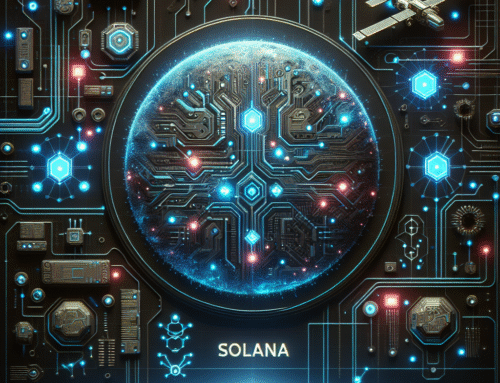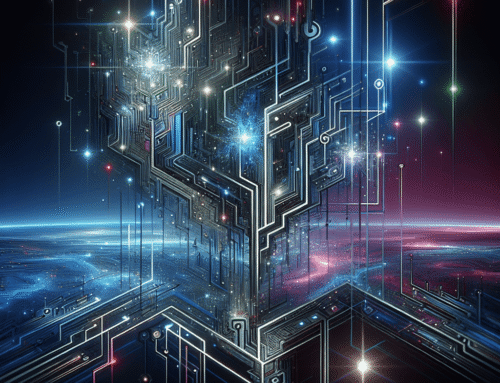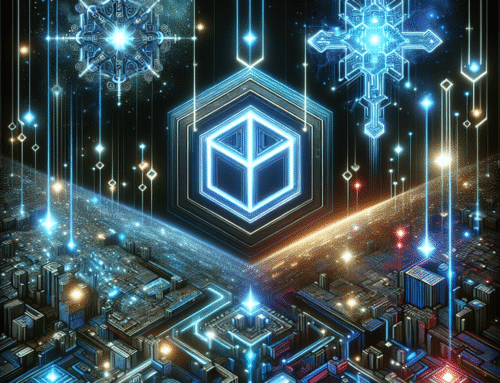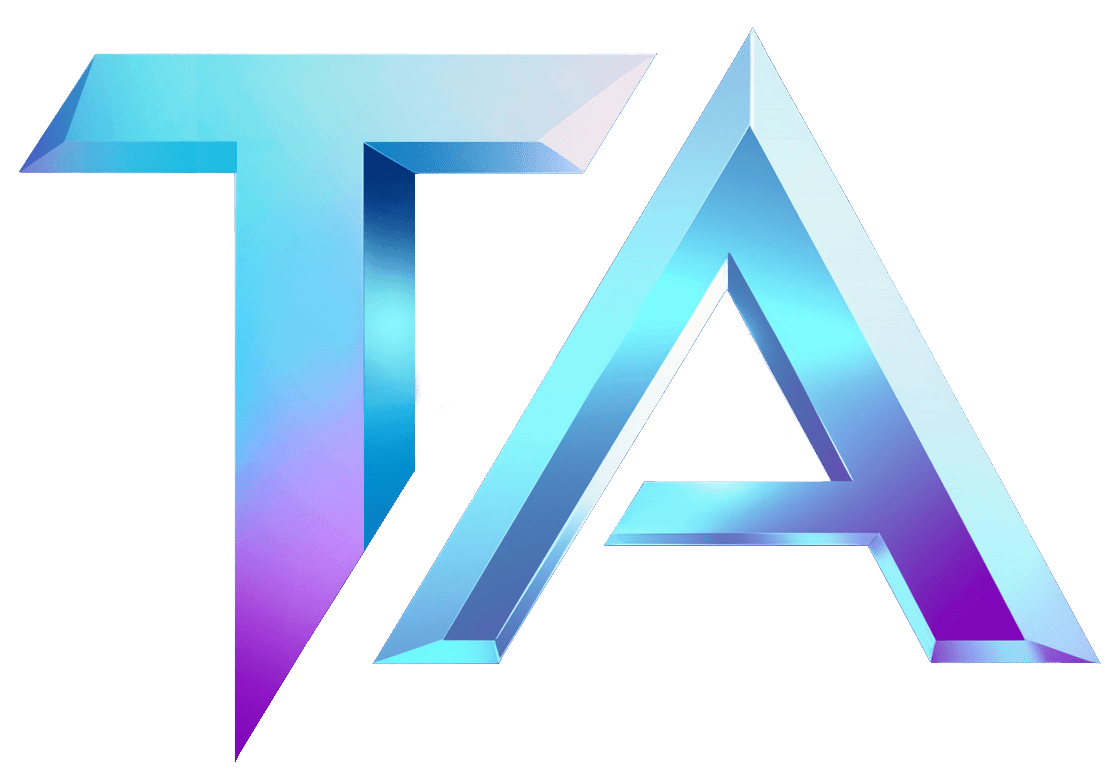Unlocking Solana: Real-World Assets Explained
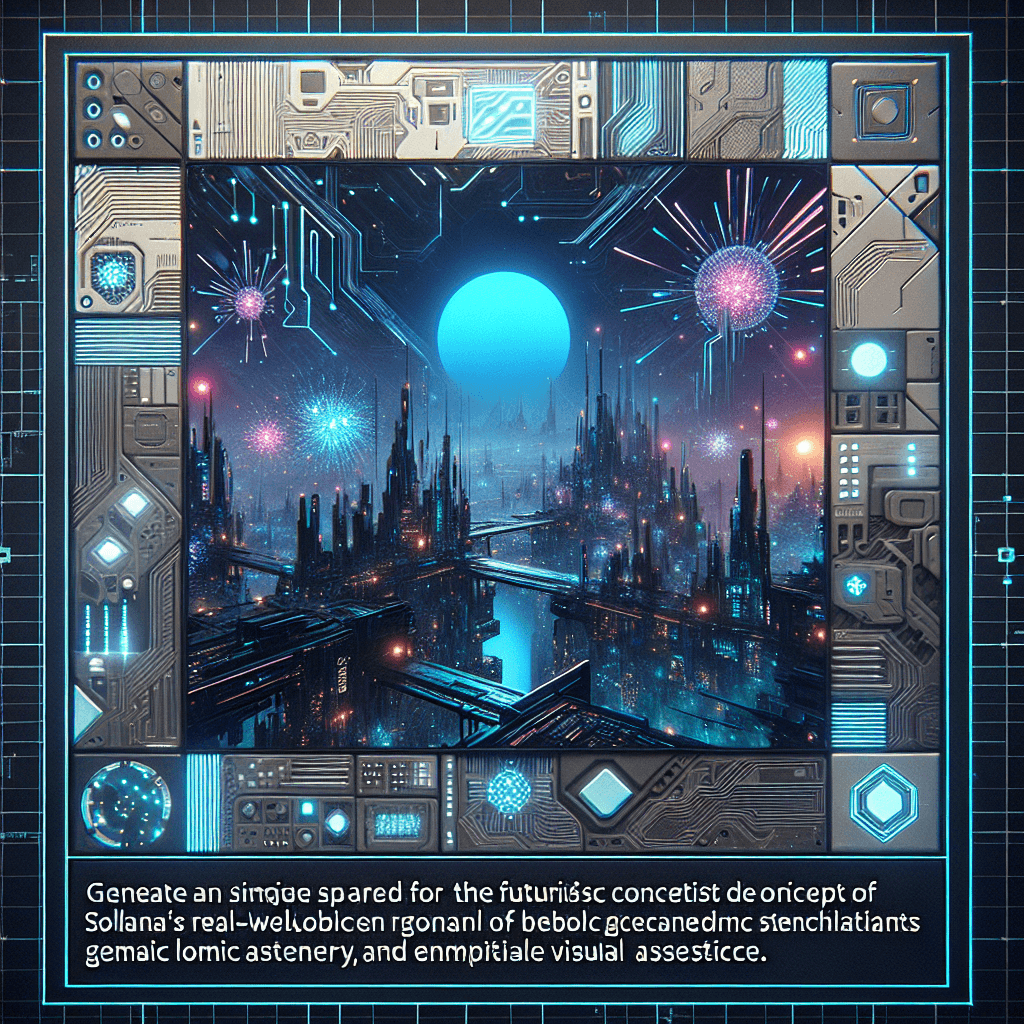
Unlocking Solana: Real-World Assets Explained
In recent years, blockchain technology has evolved beyond just cryptocurrency, opening doors for real-world assets (RWAs) to be represented digitally. This article dives into what RWAs are, why they’re important, and how the Solana network facilitates their integration.
What are Real-World Assets?
Real-world assets are tangible items — like real estate, art, or commodities — that can be tokenized on a blockchain. Tokenization involves creating a digital token that represents ownership of a physical asset. This process makes trading, ownership transfer, and management of these assets far more efficient and transparent.
Why Real-World Assets Matter
-
Liquidity: Tokenizing real-world assets allows for fractional ownership, meaning more individuals can invest in high-value items, improving liquidity.
-
Accessibility: RWAs can democratize access to investment opportunities that were previously available only to a select few.
-
Transparency: Smart contracts on a blockchain ensure that all transactions are recorded and verifiable, reducing fraud.
- Reduction of Intermediaries: By eliminating the need for middlemen, such as banks or brokers, tokenization can lower transaction costs.
Solana: The Optimal Network for RWAs
The Solana blockchain is a leading platform for RWAs due to its high throughput and low transaction fees. Here are a few key features that make Solana particularly suitable:
-
High Performance: Solana can handle thousands of transactions per second (TPS), making it highly efficient for trading RWAs.
-
Low Fees: With transaction costs often less than a cent, Solana allows for cost-effective trading, which is crucial for fractionalized assets.
- Ecosystem Growth: The Solana ecosystem has attracted numerous projects focused on RWAs, creating a vibrant marketplace.
How Solana Unlocks Real-World Assets
-
Token Creation: On Solana, developers can create tokens that represent real-world assets. Using standards like the SPL token standard, they can ensure compatibility across various platforms.
-
Decentralized Finance (DeFi): Solana enables RWAs to be integrated into DeFi applications. This means that tokenized assets can be used for lending, borrowing, and even as collateral.
-
NFTs and Ownership: Solana has made significant strides in the NFT space, allowing unique assets like art or collectibles to be tokenized. This intersects well with RWAs, where ownership and provenance can be established more easily.
- Community and Support: The Solana community and resources are vital in supporting developers looking to tokenize real-world assets. The availability of tools and documentation makes it easier for newcomers to enter the space.
Conclusion
The combination of real-world assets and the Solana blockchain presents an exciting opportunity for investors, developers, and users. By unlocking the potential of RWAs, Solana is paving the way for a more inclusive and efficient economy.
For those looking to explore further, check out our Solana data modules at Titan Analytics or get in touch with us here. Let’s uncover the future of finance together!
